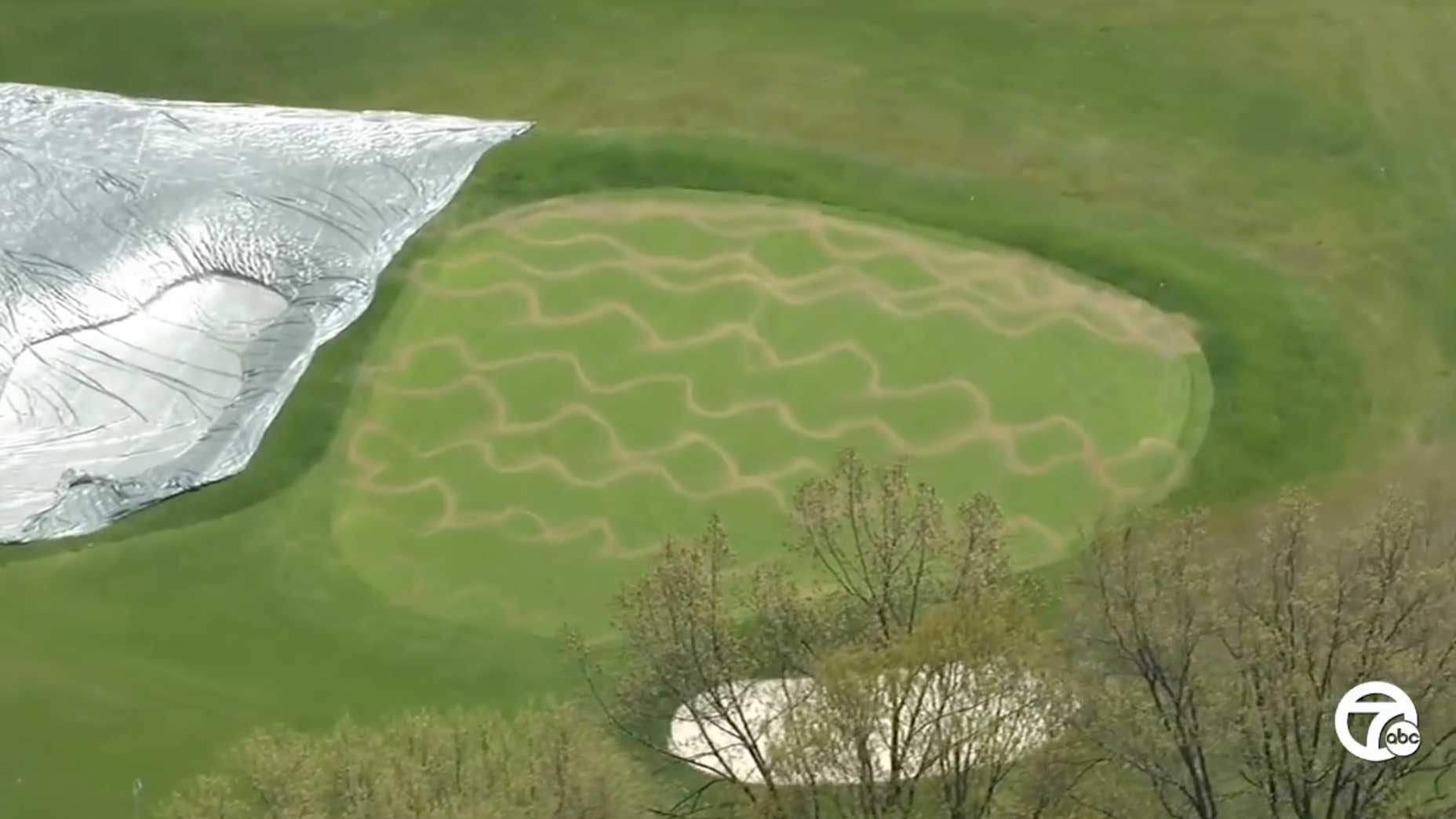CHARLOTTE, N.C. – The smile etched across Justin Thomas’ face had as much to do with his surroundings as it did the digits on his scorecard.
His second-round 67 at the Wells Fargo Championship left him just a shot off the early lead and bogey-free over his final nine holes, which on a course as demanding as Quail Hollow Club is reason for anyone to smile, but for Thomas it’s what the course represents that has him in a “good head space.”
Full-field scores from the Wells Fargo Championship
The memories always come flooding back. At the 17th hole, the heart of the layout’s Green Mile, he remembers the 14-footer for birdie on Sunday at the 2017 PGA Championship to essentially make the walk up the last hole a coronation for his first major victory. At No. 11, which played as the 17th hole at last year’s Presidents Cup, he revisits an absurdly dominant week paired with Jordan Spieth.
The American power pairing went 4-0-0 and never saw the 18th hole. After a particularly impressive Saturday alongside Spieth, Thomas summed up the vibe of the week when he was asked for highlights: “I putted 10 times today. I played two matches, and I hit 10 putts,” he laughed. “I think that’s pretty absurd. I legitimately think I picked my coin up more than I hit putts. So yeah, my partner’s pretty good.”
Thomas is also pretty good without a partner at Quail Hollow.
At the ’17 PGA, he overcame an opening 73 on his way to a two-stroke victory and in four starts at the Wells Fargo Championship he’s finished outside the top 30 just once.
“I have obviously a lot of great memories here. Talking to [caddie Jim “Bones” Mackay], having him here for the Presidents Cup, we were talking about a lot of different shots whether it be from us or Jordan or guys we were playing against, whatever from this golf course,” Thomas said. “This is a very, very special place to me and always will be, so it’s always going to put me in a good head space here.”
Statistically, it doesn’t take a deep dive to figure out why Quail Hollow is such a good fit for Thomas. Like a few of his Tour frat brothers, Thomas’ length off the tee is a massive advantage on the 7,538-yard behemoth, but it’s his iron play that stands out. At the ’17 PGA he picked up nearly four shots on the field in strokes gained: approach and he’s eighth in the field this week with an almost identical advantage (3.87).
“I know how to get around the course pretty well. I think it’s obviously different but kind of similar to Augusta. I feel like if I’m not hitting it well, there’s always a spot I can kind of get it to,” Thomas said.
But with his title defense at the PGA Championship just two weeks away, it’s not his driving or his iron game that should interest even the casual observer. The bottom line for one of the game’s most consistent ball-strikers is his putting, which has been simplified and streamlined thanks to a recent move to the AimPoint putting method.
For the fifth consecutive season, Thomas ranks outside the top 80 in strokes gained: putting (152nd) and this year he’s losing shots to the field on the greens for the first time since 2020. The search for better drove Thomas to meet with AimPoint guru Mark Sweeney last Wednesday in south Florida.
“If I’m not hitting it well, I can always hit a shot. If I step up on the first tee and I feel like I can’t hit a driver on the planet, I’m just going to aim it left and I’ll hit a 70-yard slice out there and I feel like in my head I can hit the fairway,” Thomas said. “But a putt, left edge is left edge. I can’t create some kind of shot. I think sometimes I let that get in my head. I was just trying to simplify it.”
In a 2017 interview with GolfWRX.com, Sweeney described the AimPoint method as “simply assigning a slope value of typically 1-3 for any putt. When you use your fingers to see the Aimpoint, you actually get a mathematically correct read.”
Thomas said he spent about three hours working with Sweeney last Wednesday and the result was one of his best putting rounds in recent memory on Day 1 at Quail Hollow, when he picked up 1.36 shots on the field and had six one-putts. He wasn’t as proficient on Day 2, but his 29 putts were enough to keep him in contention and surprisingly comfortable on some of the Tour’s most treacherous greens.
“I do all the appropriate work in terms of my start line, my mechanics and I just need to basically have faith and trust in my ability that I’m choosing right,” he said. “At the end of the day whether it’s AimPoint, whether it’s reading the greens, it’s a guess, it’s just your best guess and I need to have more faith that my guess is really good.”
That work along with an almost limitless supply of memories at Quail Hollow has produced a potent combination of talent and “good head space.”








